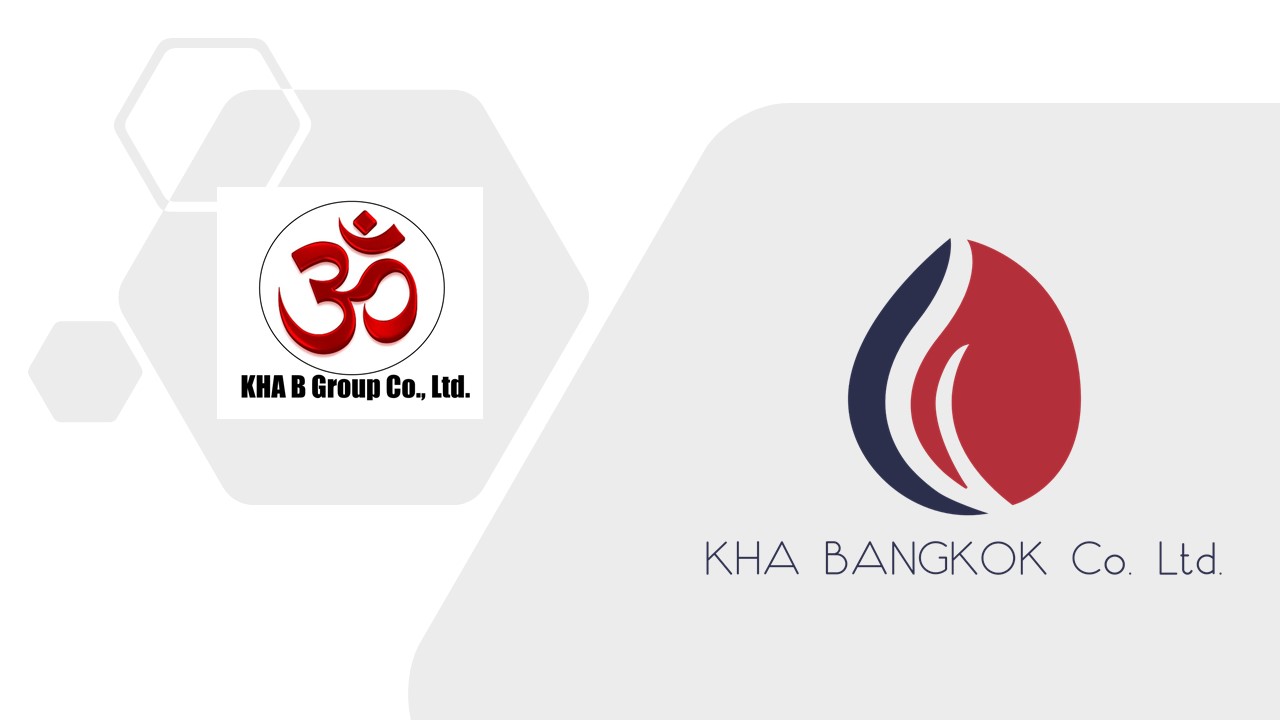Distribution of pharmaceutical products Thailand 2022, by channel
In 2022, 60 percent of all pharmaceutical products were distributed to public hospitals in Thailand. This was followed by 20 percent to private hospitals and 20 percent for over-the-counter medications. Most of the pharmaceutical products manufactured in Thailand are for domestic use. In that same year, only ten percent of the pharmaceutical production in the country was exported.

The pharmaceutical supply in Thailand
In general, the supply of medicines in Thailand is through the domestic production of finished drug products, mostly generic drugs. Thailand’s pharmaceutical market is shared between government pharmaceutical organizations and private companies. As of April 2021, the number of existing pharmaceutical and medical supply businesses in Thailand amounted to over ten thousand (10,000).

Leading pharmaceutical companies in Thailand
For private pharmaceutical companies, both local and multinational companies have a good standing in the market. Thai-owned companies usually operate on low-priced pharmaceutical production. As for multinational companies, they mostly import original and patented drugs for high prices. In 2021, the American multinational pharmaceutical company Pfizer held the largest revenue share of the pharmaceutical market in Thailand, followed closely by Novartis.

The pharmaceuticals market is forecast to grow 4.5-5.0% in 2022, growth would accelerate supported by several factors:
Rising incidence of patients with communicable and non-communicable diseases. The most common communicable diseases are diarrhea, pneumonia and dengue fever, while the most frequently encountered serious non-communicable diseases (NCDs) are hypertension, diabetes, chronic obstructive pulmonary disease, heart disease and stroke. At the same time, Thailand has an aging population and among the elderly, large numbers are affected by chronic NCDs, especially hypertension which affects almost half of the elderly in Thailand, and less commonly, diabetes, heart disease, stroke and cancer. The Office of the National Economic and Social Development Council estimates the number of Thais over-60 will increase from 11.2 million in 2018 to 13.5 million in 2023 and that expenditure on healthcare for the elderly will rise to THB228bn in 2022 (2.8% of GDP) from THB63bn in 2010 (2.1% of GDP)

OTC MARKET
The Thailand OTC healthcare market size was valued at $2.3 billion in 2022. The market is projected to grow at a CAGR of more than 1% during the forecast period. Traditional medicines was the largest category in the market in 2021. Topical OTC medicines is forecast to register the fastest value growth. Within the distribution channels, drug stores and pharmacies was the largest in the Thailand OTC healthcare sector.

The leading categories in the Thailand OTC healthcare market are analgesics, cough and cold preparations, first aid kits, indigestion preparations, medicated skin products, plasters and bandages, topical OTC medicines, traditional medicines, vitamins and minerals, and other OTC healthcare products. Traditional medicines products category led the Thai OTC healthcare sector in terms of per capita expenditure in 2021. The analgesics category can be further segmented into aspirin, ibuprofen, paracetamol, and other analgesics. The cough and cold preparations category can be further segmented into inhalers, lozenges, mixtures, tablets, and topical remedies. Indigestion preparations can be further segmented into mixtures, powders, and tablets.
Medicated skin products can be segmented into anti-bacterial, anti-fungal, antiseptic, and other medicated skin products. Plasters and bandages can be divided into adhesive bandages/plasters, gauze pads/rolled gauze, and other tape or bandages. Topical OTC medicines can be further segmented into anesthetic products, antibiotic creams/gels, and anti-itch products. Vitamins and minerals can be further segmented into cod liver oil, multi-vitamins, single minerals, single vitamins, and tonics. Other OTC healthcare products can be divided into anti-smoking aids, eye/ear drops, rectal medications, and sleeping aids.

The leading distribution channels used in the Thailand OTC healthcare market are drug stores and pharmacies, food and drinks specialists, hypermarkets and supermarkets, and convenience stores. Drug stores and pharmacies was the leading distribution channel.

Some of the leading companies in the Thailand OTC healthcare market are Siam Pharmaceuticals Co.,Ltd, The British Dispensary (L.P.) Co.,Ltd., Silom Medical Co., Ltd, Johnson & Johnson Services Inc, and Novartis. Siam Pharmaceuticals Co.,Ltd was the leading company in value terms.
Source: Krungsri Research, Statista, Ministry of Public Health, BMI, NESDC


